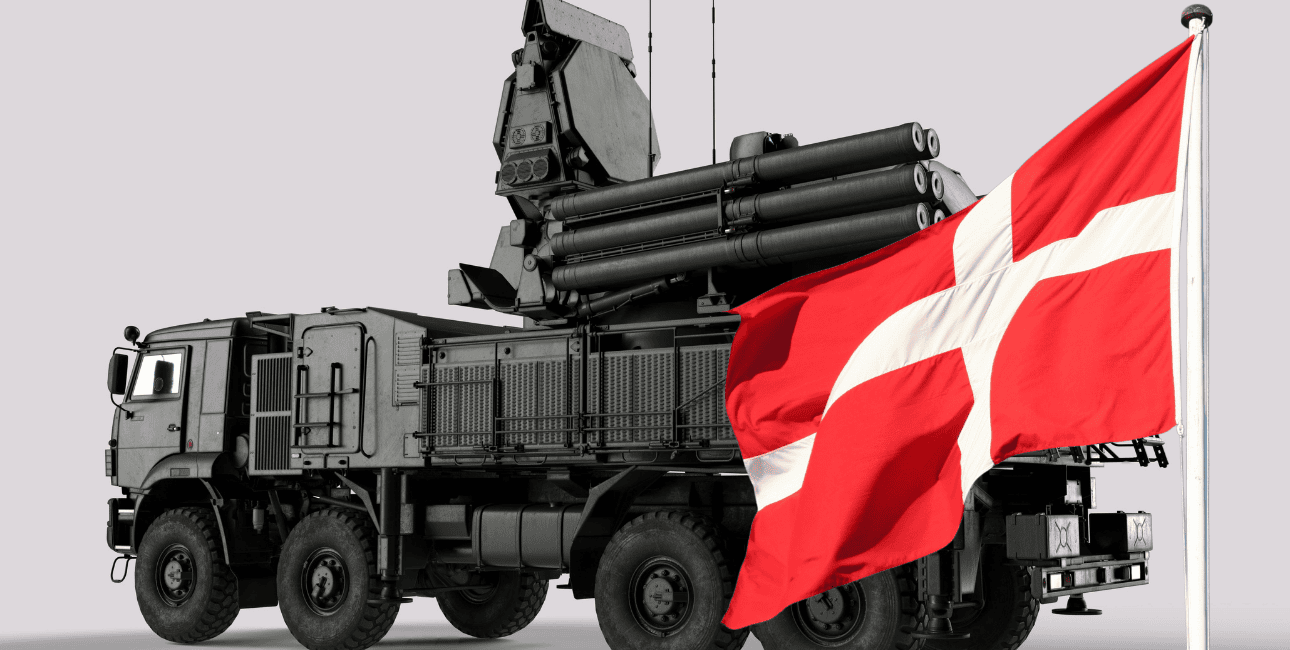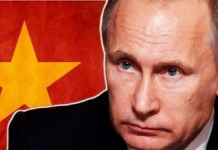US President Donald Trump’s re-election and interest in Greenland have achieved what the Russian invasion of Ukraine could not three years ago.
Denmark is finally moving beyond 3 percent of GDP on defense spending to bulwark its defenses against both Russia and the US. The new spending level will be the highest in the last 50 years.
The move comes as President Trump did a volte-face on his country’s stated position of “nothing about Ukraine, without Ukraine.” Besides, leaving out Ukraine from early negotiations with Russia, Trump has lashed out at Ukraine and has blamed the Russian invasion squarely on the shoulders of Kyiv’s leadership.
Defense Secretary Pete Hegseth set alarm bells ringing in a speech earlier in February when he said that “returning to Ukraine’s pre-2014 borders is an unrealistic objective” and that eventual NATO membership for Ukraine—a pillar of Kyiv’s security strategy—is not “a realistic outcome of a negotiated settlement.”
It has dawned on Denmark that Russia could pose a credible threat to the region, and the European countries could be left to defend themselves by their NATO ally—the US.
Denmark has announced that it will boost its defense budget by USD 7 billion in two years. The Acceleration Fund will be used to make rapid investments in military capabilities.
This will increase Denmark’s total defense spending to 3.2 percent of GDP. In 2024, the country spent 2.4 percent of GDP on defense, above the existing 2 percent target for NATO members. The fund can also be used for additional military support to Ukraine.
The Russian aggression and uncertainty over US support are forcing European countries like Denmark, Lithuania, Latvia, and Finland to ramp up their military spending to record levels.
“Within two years, Russia could pose a credible threat to one or several NATO countries if NATO does not build up its own military power at the same rate as Russia. This calls for swift, political action,” Danish Defence Minister Troels Lund Poulsen said in a statement.
The government’s decision to boost investment was preceded by an assessment released last week by the Danish Defense Intelligence Service that, if the war in Ukraine ends or is frozen, Russia would be able to pose a credible threat to one or more NATO countries in the Baltic Sea region within about two years if NATO doesn’t rearm at the same pace and the United States doesn’t get involved.

By 2033, Denmark intends to invest USD 120 billion in defense. This boost in defense spending has come after decades of drastic cuts. The country’s long period of ignoring its military modernization means that it has no air defenses, and its naval capabilities leave much room for improvement.
Danish Prime Minister Mette Frederiksen has told a press conference that an acquisition spree for military equipment is expected. “There is one message for the chief of defense: Buy, buy, buy,” she said. She also indicated that the procurement process will be sped up considerably. “If we can’t get the best equipment, buy the next best. There’s only one thing that counts now and that is speed,” Frederiksen said.
Denmark’s increased military presence in the Arctic and North Atlantic, including the acquisition of additional Arctic patrol ships and long-range drones, enhances security in a region of growing geopolitical importance. This move helps counterbalance Russia’s military activities in the Arctic and protects vital maritime routes.
The Acceleration Fund’s announcement comes after the Government of Denmark introduced a comprehensive plan to increase the military presence in the Arctic and North Atlantic, with a whopping investment of 14.6 billion Danish Crowns (US$2.05 billion) amid President Trump’s interest in Greenland.
In January 2024, the US announced plans to expand its military presence in Greenland, including deploying troops and military weapons. A month later, Denmark’s Prime Minister, Mette Frederiksen, clarified that Greenland is not for sale and emphasized the importance of Denmark’s sovereignty over the island.
European Countries Hobbling Into Action
The threat of the US pulling out its assets from Europe to focus entirely on the Indo-Pacific is forcing European countries to raise their defense spending.
In January, Lithuania’s President said his country had decided to raise its defense spending to between 5% and 6% of GDP starting in 2026 due to the threat of Russian aggression in the region. That made it the first NATO nation to vow to reach a 5% goal called for by President Trump.
In February, Latvia’s government agreed that defense spending should be increased to 4 percent of GDP next year and continue to move toward 5 percent.
Denmark is one of the European countries supporting loosening the bloc’s budget regulations to enable member states to increase their defense spending. Denmark’s small straits serve as a vital trade route for Moscow’s oil shipments across the Baltic Sea. The premier has acknowledged that this is a shift in mindset for Denmark, which has historically been thrifty, and stated that she is open to using instruments like cooperative borrowing.
According to Eurostat data, the country has maintained budget surpluses since 2016 and has the best fiscal balance in the EU since 2019. Frederiksen has stated that all Danes would be affected by the increased expenses and has not ruled out the possibility of enacting a war tax to pay for the expanding military budget.
According to the free-market conservative think group CEPOS, a war tax to raise the defense budget to 5% of GDP would cost an ordinary middle-class Danish family almost 85,000 kroner (US$ 11,927.5) per year.
While European countries struggle to produce their armaments, Denmark has led the way in a new approach to supplying Ukraine with firearms. Copenhagen and Kyiv created a strategy known as “the Danish model” last year, whereby European governments fund agreements between the Ukrainian government and the nation’s armaments manufacturers to manufacture long-range missiles, drones, and other weapons.
The model’s proponents claim that it helps Ukraine’s defense companies develop weapons systems more quickly and in greater quantities than Western nations could and strengthen its defense sector going forward.




